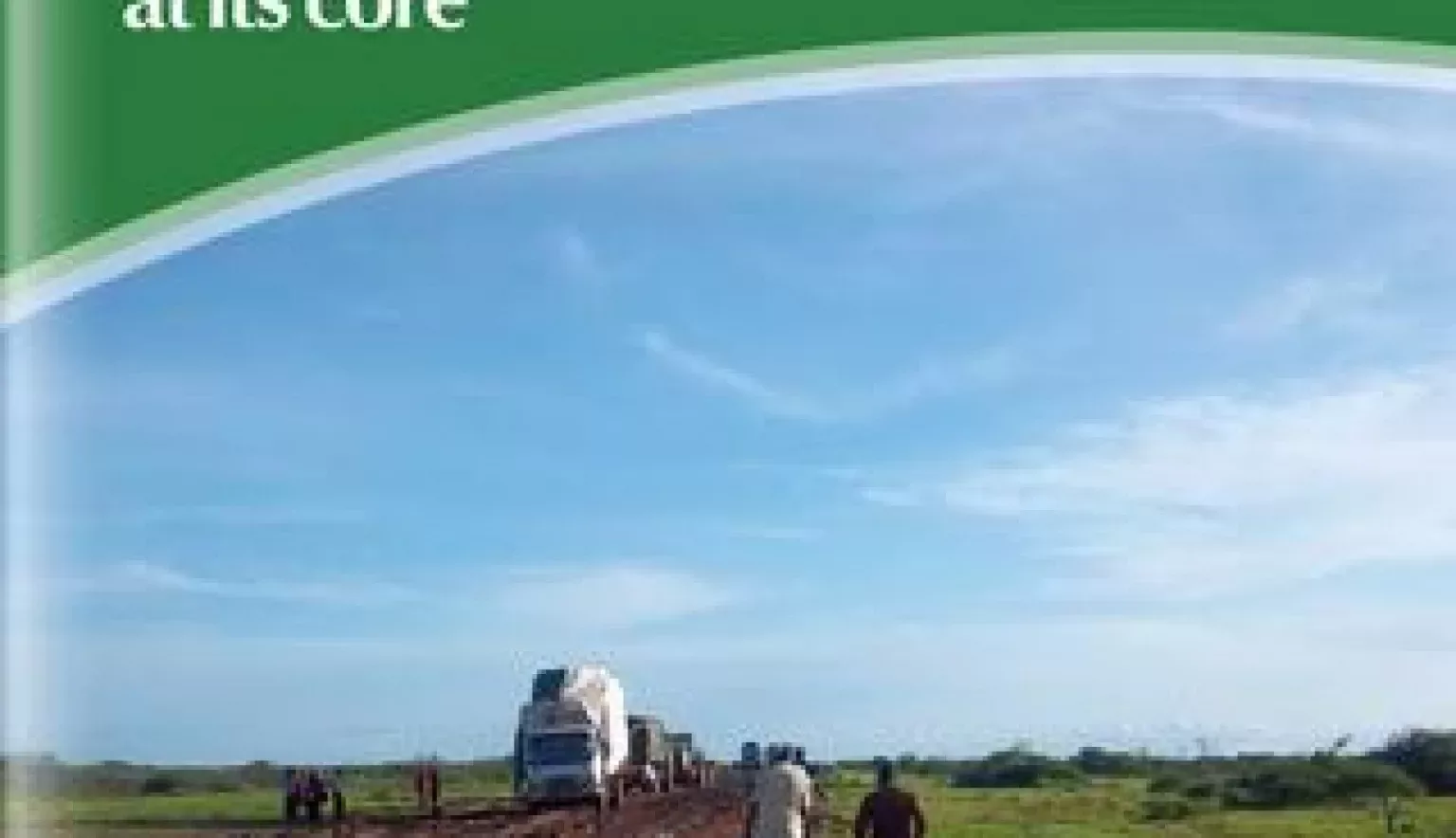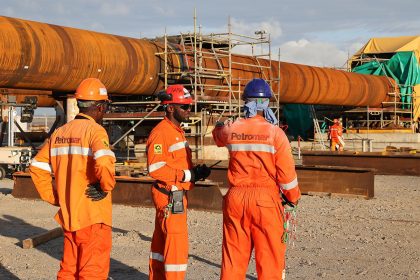Abdul Mullick Associates (AMA) Consulting Engineers has enacted its five-year strategy, with weakness identification and strength optimisation driving the Company towards its long term mission.
A CLEAR VISION
For more than 40 years, Abdul Mullick Associates (AMA) Consulting Engineers Ltd has emerged as one of Kenya’s leading multi-discipline engineering firms, and – on the anniversary of its 40th year – reaffirmed its dedication to continuous improvement by unveiling its new five-year strategic vision.
Engaged in infrastructure, building, multi-purpose dams, and capacity building over the years, AMA’s development path has been one driven by ongoing expansion and diversification; an ethos reflected in its almost unparalleled portfolio.
Across areas of consultancy, surveying and training, bridges, water and irrigation, environmental and geotechnical activities, and much more, AMA has become renowned for carrying out assignments with knowledgeable and efficient professionalism; optimising the knowhow of its skilled workforce.
“Our mission is derived from the core business of AMA,” affirms the Company on its website. “This is to conduct studies for engineering infrastructure development and maintenance; for project management of engineering infrastructure; to carry out restructuring and capacity building for engineering institutes; and to advise clients on sound policies related to engineering infrastructure.”
The Company adds: “Our ultimate vision is our statement of intent, which aims to energise and drive our organisation and people to new heights and constant achievement; and to provide an internationally comparable, efficient and sound engineering practice in Kenya and the region.”
These messages of commitment and ambition are strongly echoed by the Company’s Chairman and Chief Executive Officer, Engineer David Maganda who also attributes large swathes of the business’ flexibility and success to its loyal employees.
“AMA is an incorporated Kenyan company with specialisation in undertaking feasibility studies, design and management in transportation; in transportation infrastructure, structural, civil and water engineering; and in environmental and social services in East and Central Africa,” he says. “The staff have a wealth of experience gained from working in the region and overseas. We have resources in terms of vehicles and engineering equipment to carry out projects of any magnitude and complexity.
“The firm is also committed to training young engineers and towards this end; it trains undergraduates and employs fresh graduates in all its projects.”
THE PLANNING HORIZON
Across AMA’s entire portfolio you will find not just the aforementioned areas of operation, but also social impact assessments; documentation and construction supervision of roads; structural designs and supervisions of buildings from single to high-rise structures; works on bridges, sewerage, water treatment, plumbing and electrical works; and numerous works in less favourable remote areas where enhanced logistics and project management capabilities are paramount.
And aiding each and every project is an equally impressive array of internal functions, systems, processes and certifications compounding AMA’s overall appeal in the industry.
However, never one to rest on its laurels or be content with the status quo, 2016 presented the perfect opportunity for the Company to look once again at its own infrastructure; a decision which culminated in the unveiling of its five-year corporate strategic plan.
“This strategic plan sets out the long-term vision required for AMA in order for it to be executed seamlessly,” it says. “The goals set for the organisation as part of the strategic planning process will be intentioned to deal with improving the operating environment to enable the organisation to achieve its stated vision, and will be monitored and reviewed every two years.”
Driving the ideas incorporated within the plan is a realistic and self-evaluative look at AMA’s current situation: the good, the bad, the external environment, and the long-term strategic goals of the business.
“The planning horizon chosen for this strategic plan was five years, and the Abdul Mullick Associates team performed the background preparation for the strategy through to-and-fro consultation, teamwork and strategy formulation,” the plan explains. “The following were then conceptualised and reaffirmed: the Abdul Mullick Associates Vision, SWOT and PEST analysis, critical success factors, long-term objectives, and strategic options.
“After consultations, the strategic plan was mapped out using the model framework (institutionalisation of strategy, and control and evaluation) and this framework will be driven by ISO 9001:2015 methodology.”
CRITICAL SUCCESS FACTORS
The aforementioned SWOT and PEST initiatives will set the tone for this plan; the former especially helping to determine how to leverage the Company’s existing Strengths, how to improve upon its Weaknesses, how to exploit Opportunities, and how to minimise Threats.
“SWOT analysis is a renowned tool for audit and analysis of the overall strategic position of the business and its environment,” the plan describes. “Its key purpose in our case was to identify the strategies that will create a firm, specific business model that will best align the Company’s resources and capabilities to the requirements of the environment in which we operate.
“In other words, this analysis provides the foundation for evaluating the internal potential and limitations and the probable/likely opportunities and threats from the external environment. It is used to view all positive and negative factors inside and outside the firm that affect the success.”
The former notion – ‘strengths’ – will be especially prominent in exercising the organisation’s key missions, and Maganda has already pinpointed AMA’s highly qualified and experienced staff, and its highly visible and valuable products as two key strengths to rely upon.
And of course, every strength and opportunity needs to be offset against the potential arising threats of industry fluctuations and circumstances.
Meanwhile, “PEST helps in evaluation the impact of Political, Economic, Social, and Technological factors on AMA’s business”, the plan continues. “It also involves consideration of the external environment.”
An outcome from the combination of both SWOT and PEST is a more clear and efficient identification of critical success factors (CSF); a succession of necessities that need to be in place for the Company to achieve the goals set up in the strategic plan.
“The eight most important CSF out of a large number of (potential) enablers are iterated as follows,” the plan concludes. “The ability to attract and retain adequate skilled and experienced personnel; predictable and adequate financing; operating in a business-like manner; the efficient and effective utilisation of available resources; the development of innovative approaches and technologies; the performance measurement framework; zero tolerance for unethical practices; and effective communication.”































